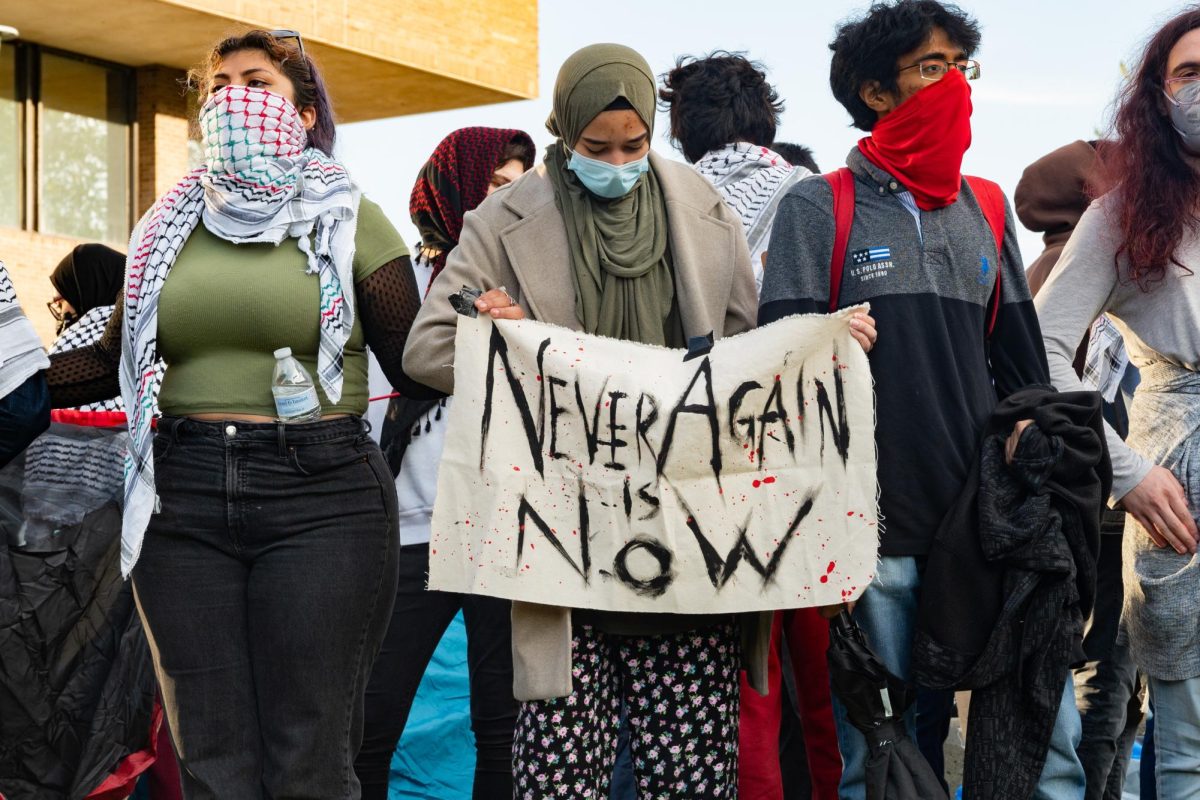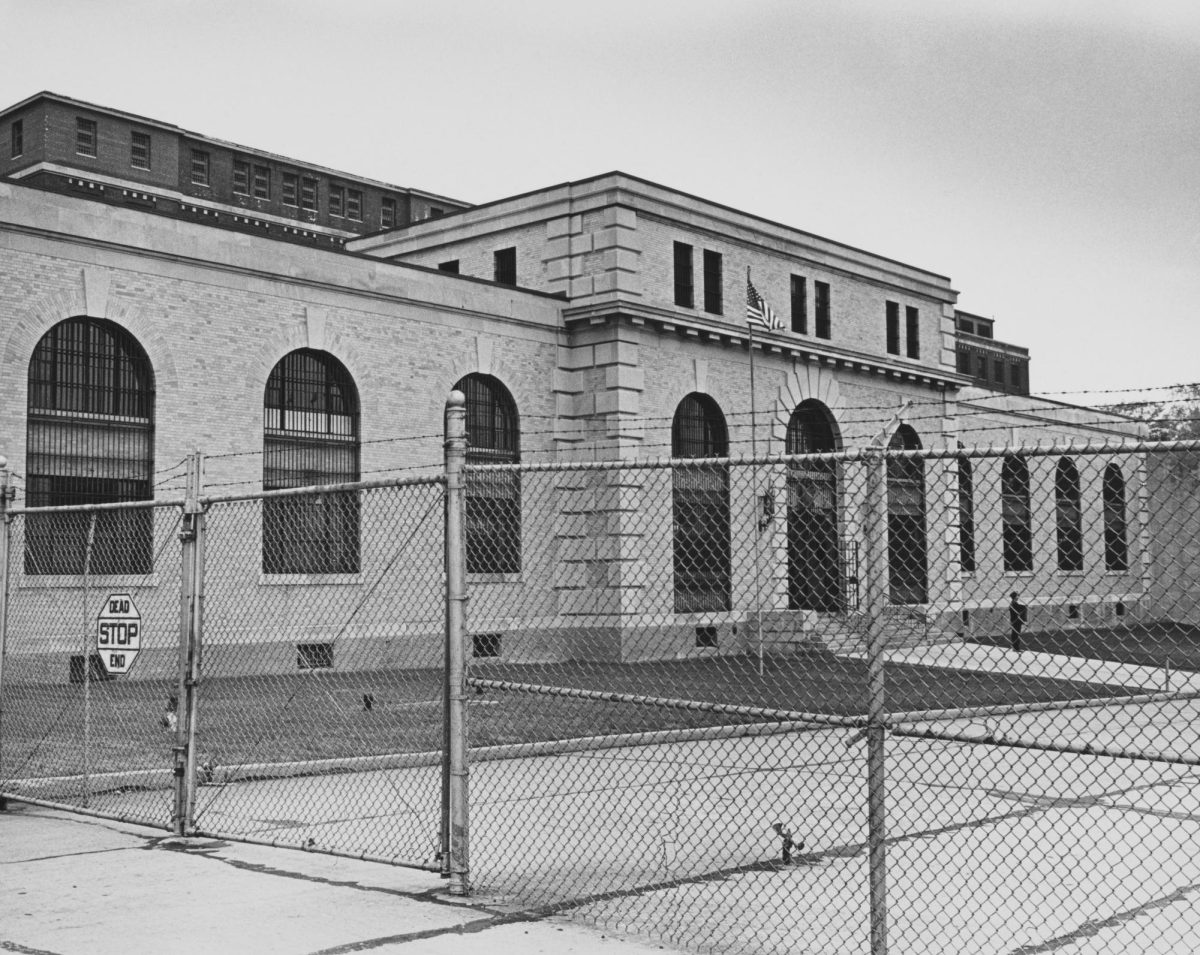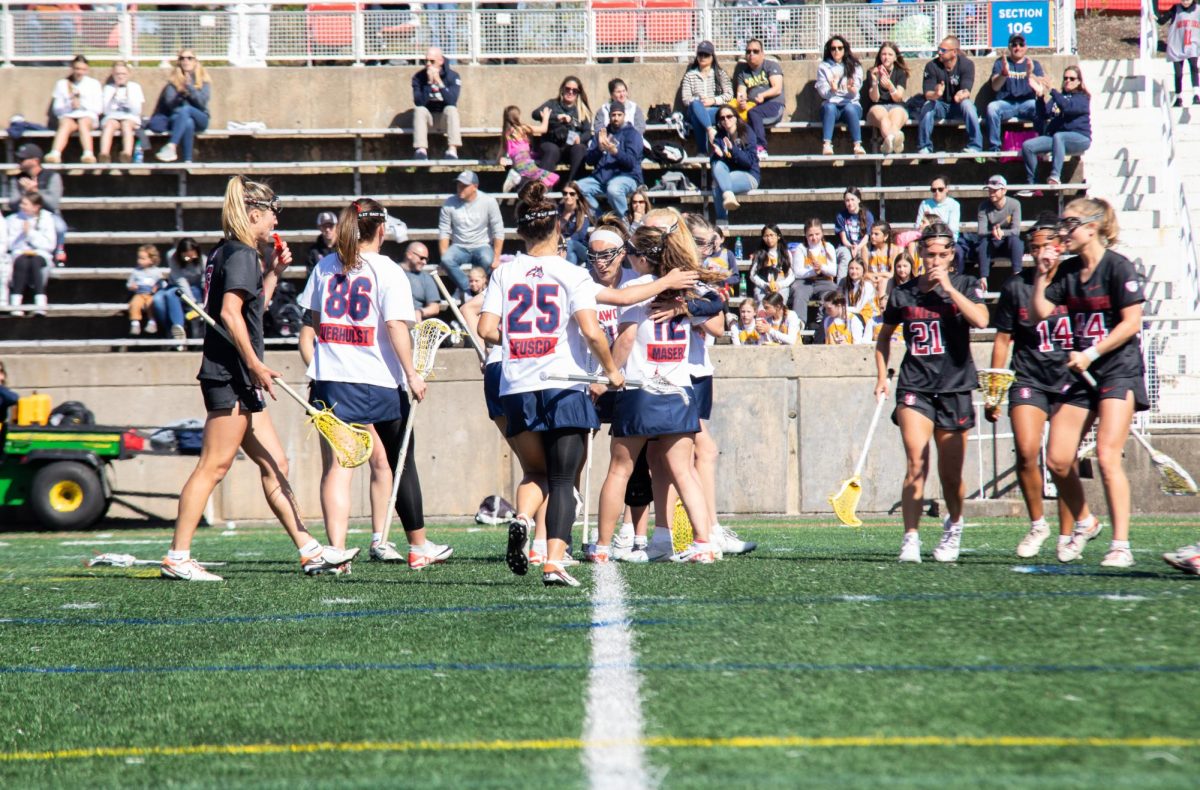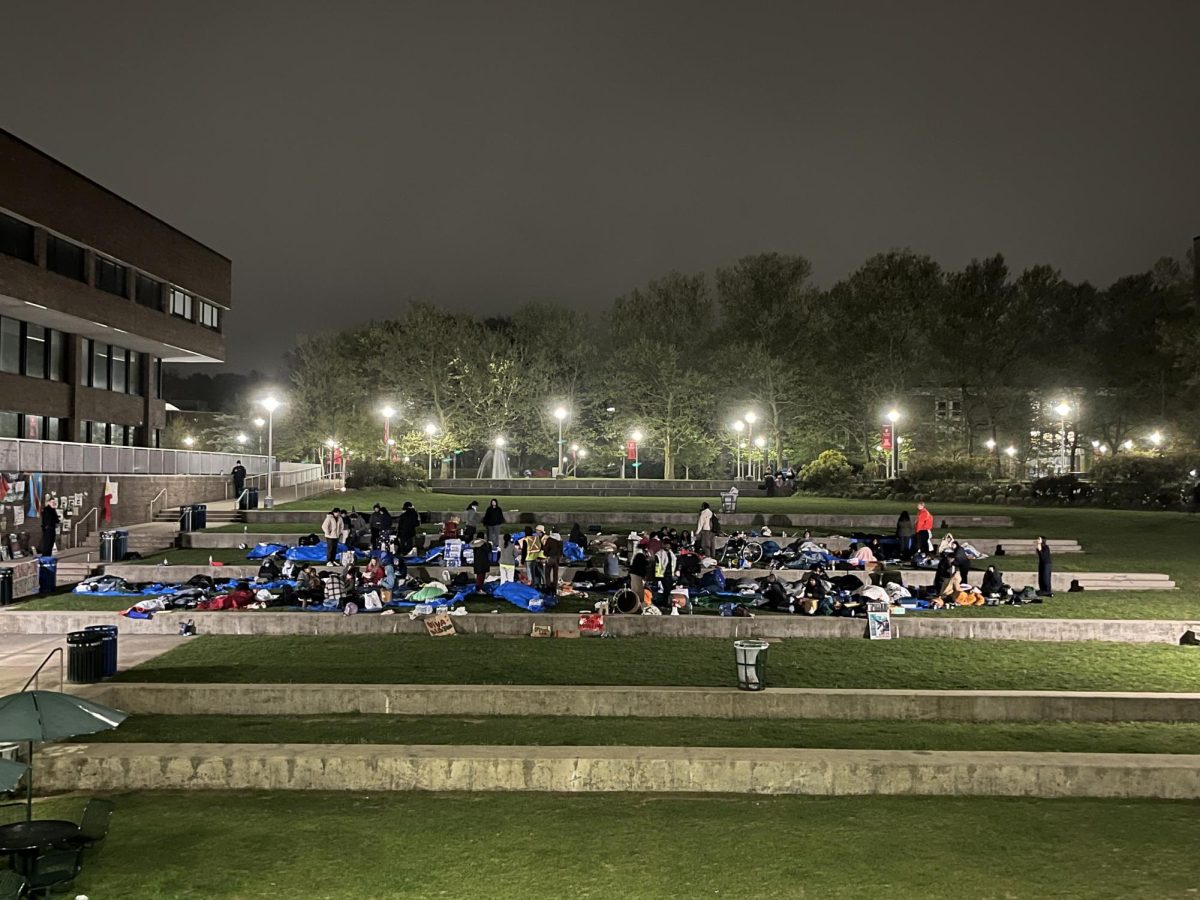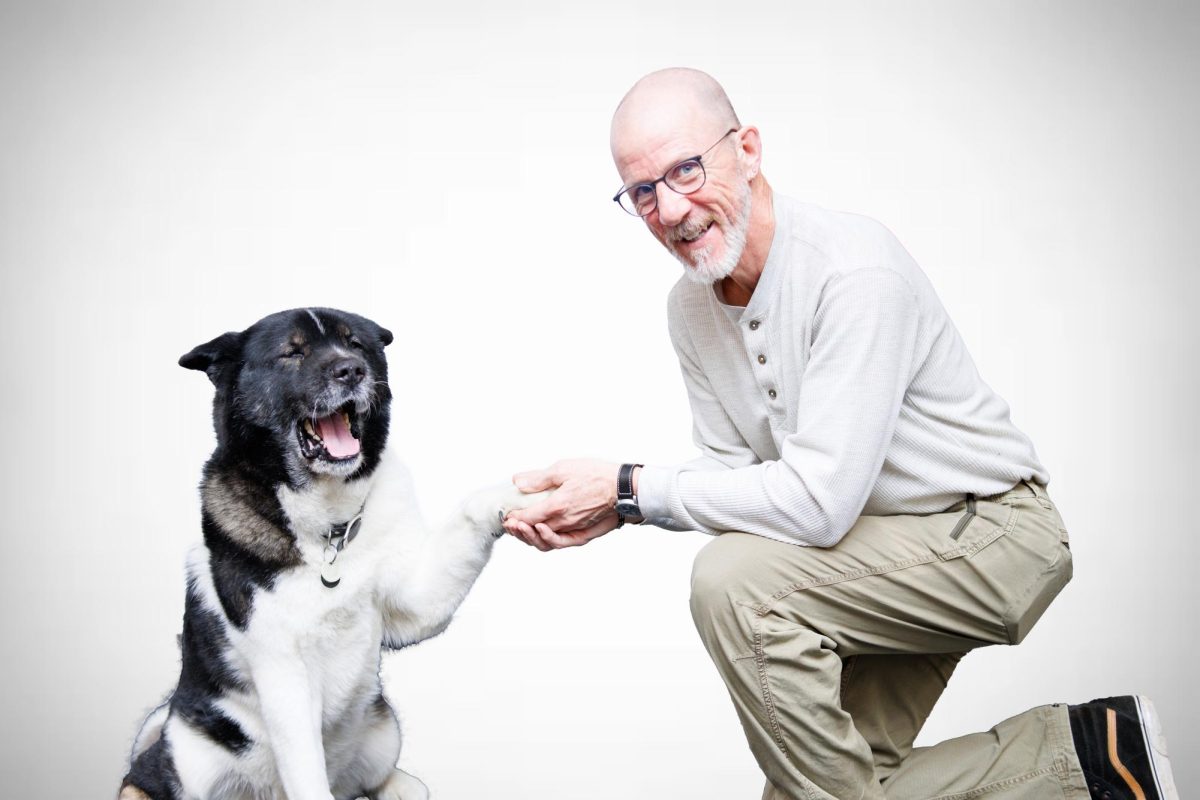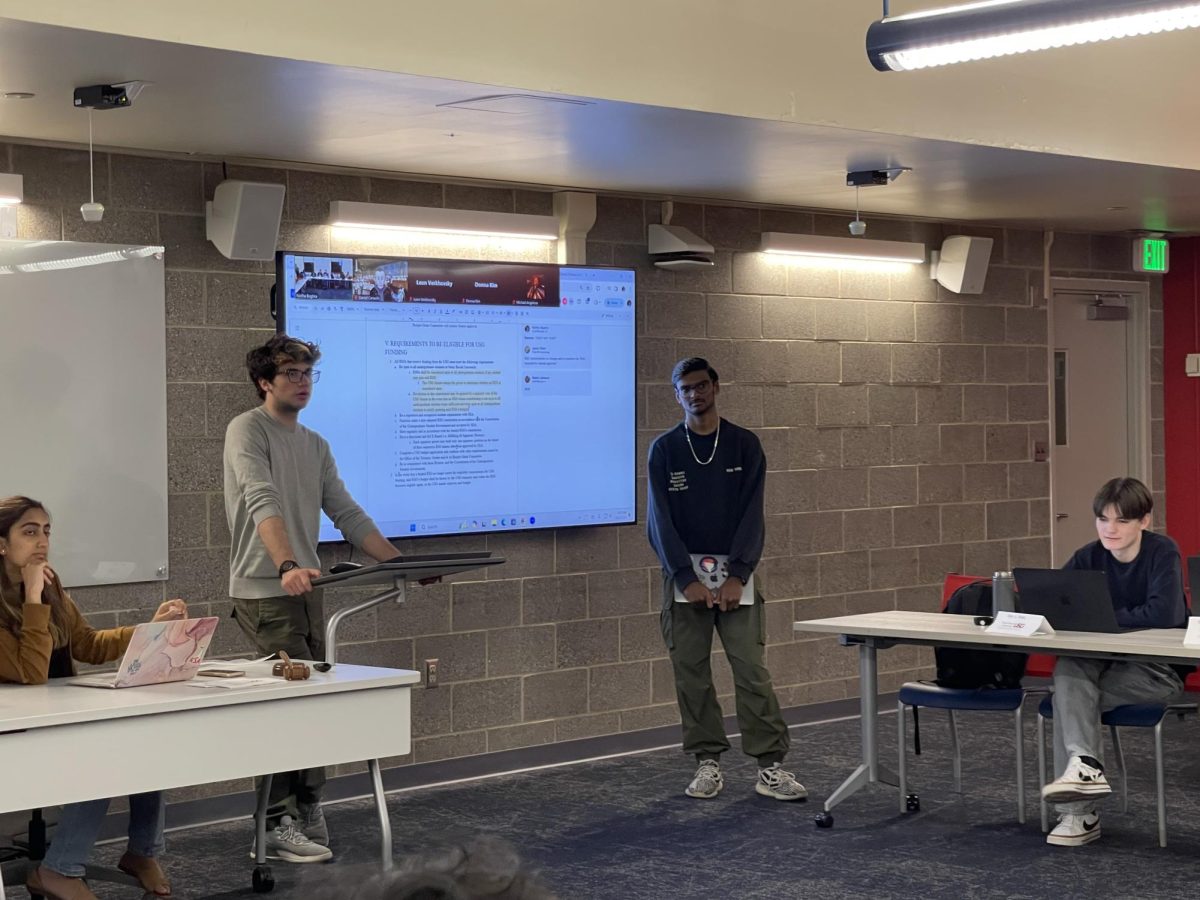When they went from being public safety officers to full-fledged police officers
in 1998, members of the university police at Stony Brook didn’#146;t skip a
beat. The department had already faced many of the same crimes their counterparts
in the Suffolk County police department, or even the NYPD, deal with all the
time.
‘Any crime that can occur in any place in the country can occur here and
have,’ said Deputy Chief Douglas Little.
While the most students usually see of them is the officers on patrol, the
department’#146;s 64 officers, detectives and supervisors work around the clock,
keeping the campus safe. The University Police Department (UPD) makes nearly
15,000 service calls a year, from helping motorists who need a jump start to
getting drunk drivers off the road to breaking up fights.
Each member of the force took a different path to becoming a university police
officer. Chief Richard Young, for example, spent 22 years as a lieutenant in
the NYPD before first becoming public safety chief at Stony Brook. For others,
like Officer Steven Faulkner, this was their first job as policemen.
Regardless of their backgrounds, all campus police officers have to pass the
same training required of any police officer. This includes a 16 to 18 week
training course, which takes place either at the police academy in Albany or
in Stony Brook, which is a regional training area. During their training, they
learn everything from state penal laws to firearms and self-defense training,
with the latter two taken very seriously.
‘Every officer in this department knows that will be the most important
decision they will have to make,’ said Lt. Neil Sluiter on the use of firearms
and deadly force. They also have to pass psychological and physical exams, including
an agility test, as well an extensive background check. Then, they have to take
and pass a civil service test before their names are released onto a university
police recruitment list, said Sluiter.
All officers also have to have at least 60 college credits.
Once they have been hired by the UPD, new officers also have to spend a minimum
of 40 hours riding along with a field training officer, to let them get used
to their new surroundings.
One of the most hectic days in memory for both officers came on Sept. 11. Faulkner
recalled that all members of the department, even the ones with days off, were
called in. Shifts, usually eight hours long, became twelve hours as fixed posts
around the campus were established, such as around the hospital and power plant.
Cavataio said that while there were no bomb threats made to the university,
campus police made traffic stops as part of the ‘heightened alertness.’
Even though neither one of them are NYPD officers, it does not mean their jurisdiction
applies solely to the Stony Brook campus. As sworn police officers, each member
of the department can make arrests anywhere in the state of New York. To be
able to make those outside arrests, the UPD has mutual aid agreements with the
Suffolk County Police Department and the NYPD.
The department has worked to get more resources available for its officers.
Some of those resources come in the form of additional training, such as the
conference on weapons of mass destruction Cavataio recently attended. Other
officers are training to become firearms instructors.
‘We have a lot of good guys here,’ said Cavatio. ‘You really
have to like this job. Any student who goes here can rest assured they’#146;re
in capable hands.’

